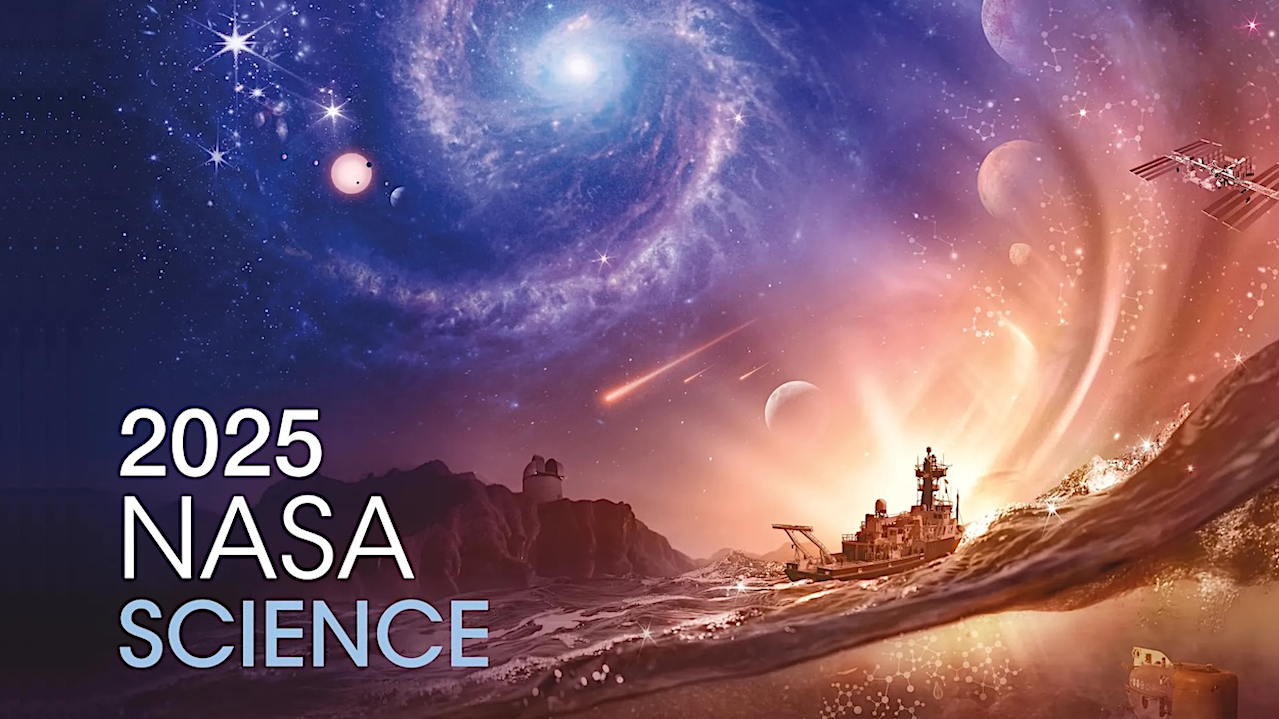NASA Hits Pause: Critical Planetary Research Groups Grind to Unexpected Halt

In a significant communication today, Kathleen Vander Kaaden from NASA's Science Mission Directorate issued an important memo, signaling potential updates or insights within the agency's scientific operations. The memo, which comes from a key leadership position, is likely to provide critical information for NASA's ongoing research and exploration efforts.

